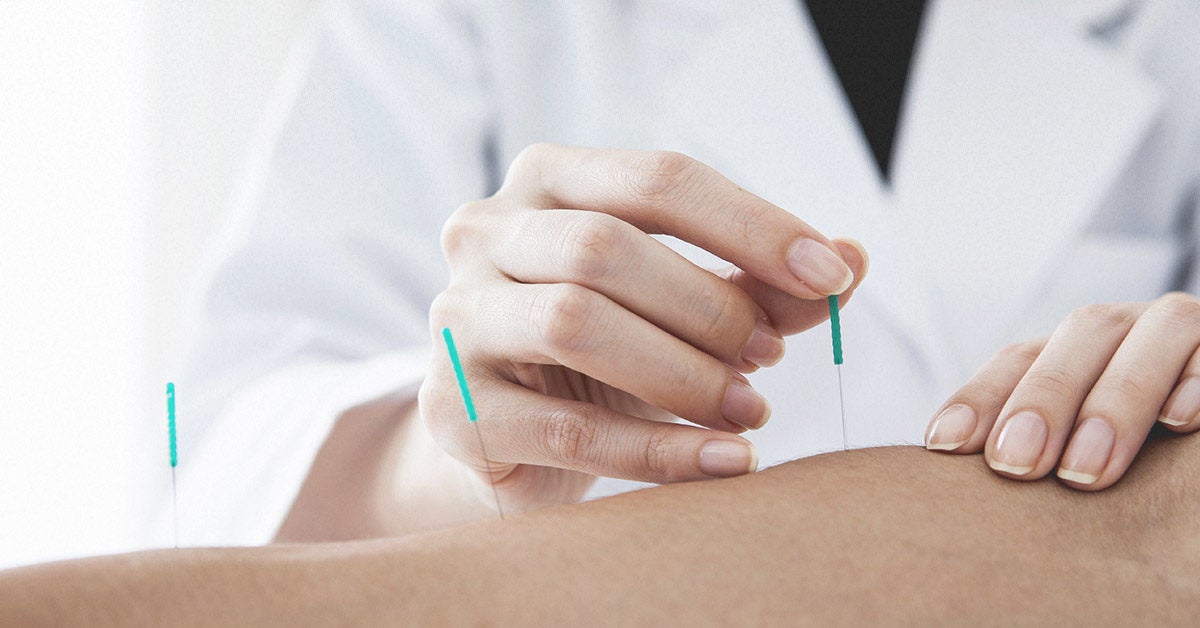Modern Western medical practitioners have developed dry needling therapy as a form of physical therapy. Dry needling is a method of treating muscle pain that uses very fine stainless steel needles.
These needles are inserted at precisely defined points in the muscle. This intramuscular stimulation is very effective in relieving pain and promoting healing. It does not require the use of any medicines.
Dry needling or deep tissue needling is effective and is especially appealing to patients who are sensitive or unable to tolerate pain medication. Patients with long-lasting chronic pain have been using dry needling more frequently.

Image source:-Google
Dry needle treatment is helpful in treating conditions like headaches, neck pain, low back pain, knee pain, shoulder dysfunction, hip pain, ankle sprains and muscle strains, etc.
The physician's increased knowledge of neuroanatomy and the skeleton is the basis for dry needling. This knowledge allows the physician to identify damaged or sensitive tissues, tight band and trigger points, and injured or overused tissues.
To treat adhesions, trigger point, and connective tissues, dry needling uses a thin, filiform needle to penetrate skin, fascia and muscles. This helps speed up healing and reduce pain.
Patients may experience mild to moderate pain throughout treatment, and up to 24 hours afterwards. Although some discomfort may be felt during a rapid "twitch reaction", this is usually temporary and only lasts a few seconds.
After dry needling, mild to moderate muscle pain is common. The pain can be reduced by drinking lots of water, moving around, stretching, and warming sore muscles. Some patients may experience mild muscle pain or bruising.